Optimal Timing for Concrete Repairs
Concrete repairs are most effective when performed during optimal weather conditions. Temperature, humidity, and precipitation significantly influence the curing process and the durability of repairs. The ideal time for concrete repairs typically falls in moderate weather, avoiding extreme heat or cold, which can compromise adhesion and curing.
Spring offers moderate temperatures and lower humidity, making it suitable for concrete repairs. It allows sufficient curing time before summer heat or winter cold sets in.
Early fall provides stable weather conditions with cooler temperatures and less precipitation, ideal for ensuring proper curing and long-lasting repairs.
Repairs should be avoided during extreme heat, cold, or rainy periods as these conditions can lead to improper curing and reduced durability.
The optimal temperature for concrete repairs is generally between 50°F and 85°F (10°C to 29°C). Outside this range, special measures may be necessary.
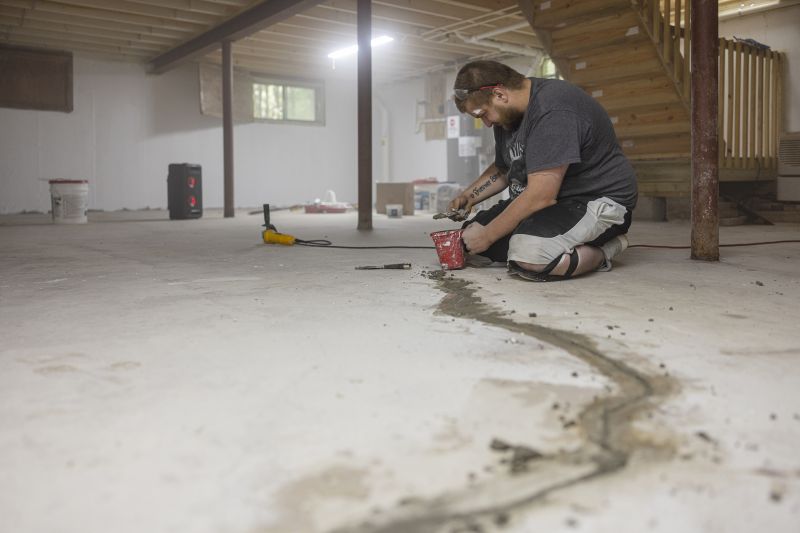
Ways to make Concrete Repairs work in tight or awkward layouts.
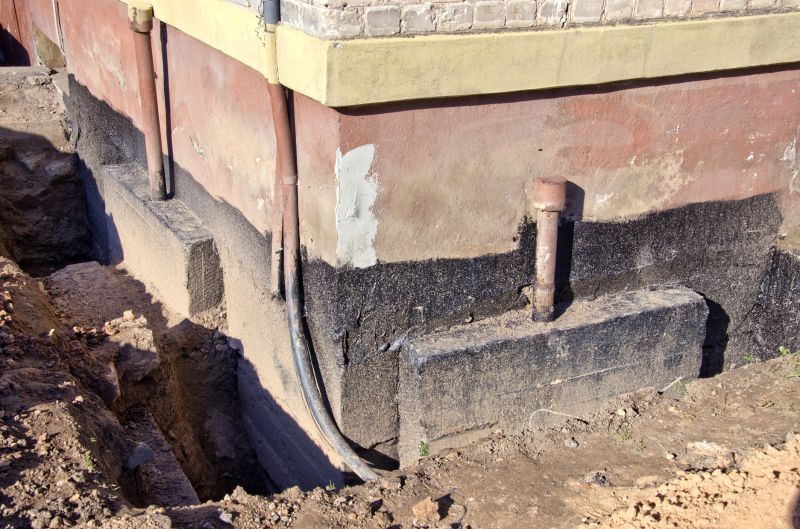
Popular materials for Concrete Repairs and why they hold up over time.
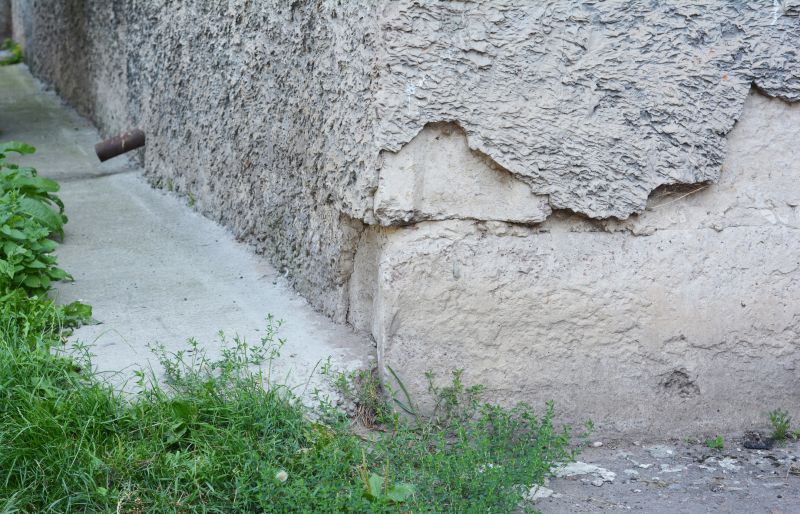
Simple add-ons that improve Concrete Repairs without blowing the budget.

High-end options that actually feel worth it for Concrete Repairs.
| Season | Ideal Conditions |
|---|---|
| Spring | Moderate temperatures, low humidity, dry days |
| Early Fall | Cool temperatures, low precipitation, stable weather |
| Summer | High temperatures, risk of rapid drying |
| Winter | Cold temperatures, potential for freezing |
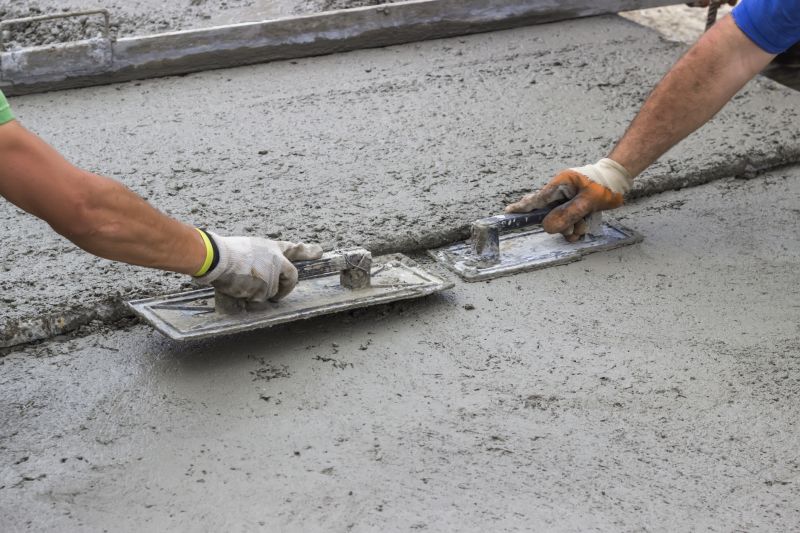
Finishes and colors that play nicely with Concrete Repairs.
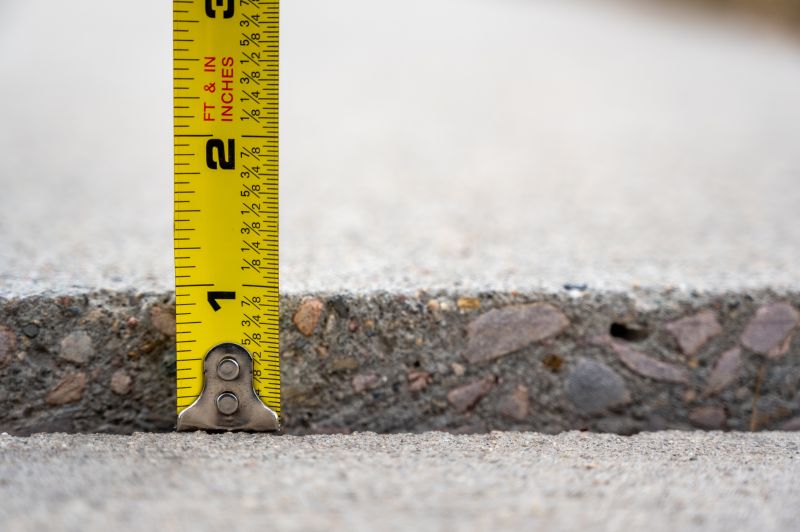
Little measurements that prevent headaches on Concrete Repairs day.

A 60-second routine that keeps Concrete Repairs looking new.
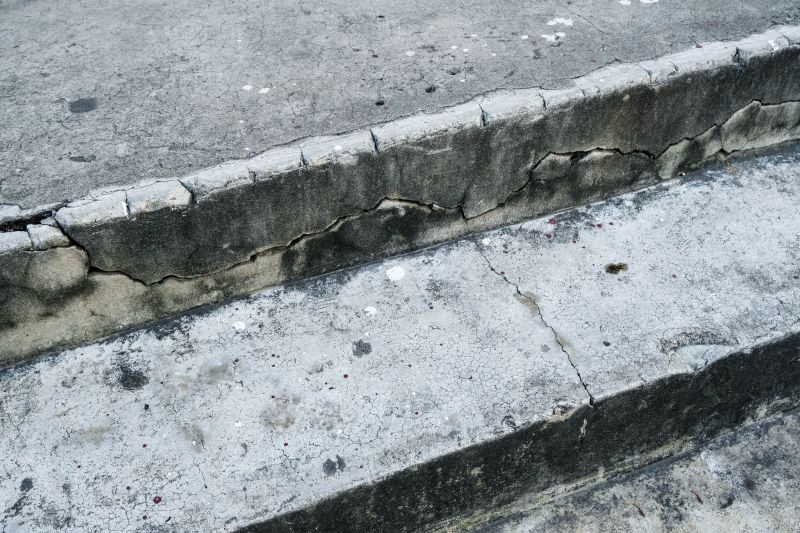
A frequent mistake in Concrete Repairs and how to dodge it.
Interested in concrete repairs? Filling out the contact form can provide detailed information tailored to specific project needs. Proper timing and execution are key to ensuring durable, long-lasting results in concrete restoration efforts.



